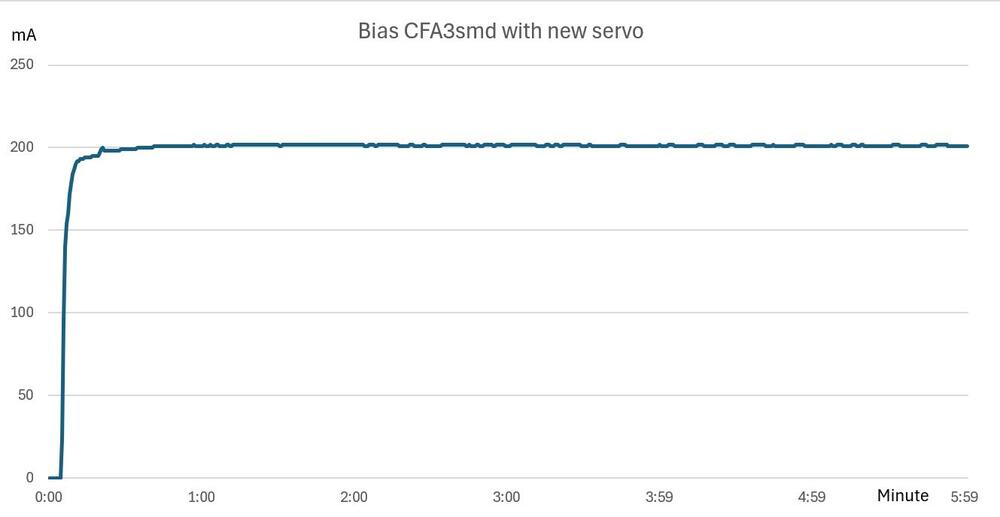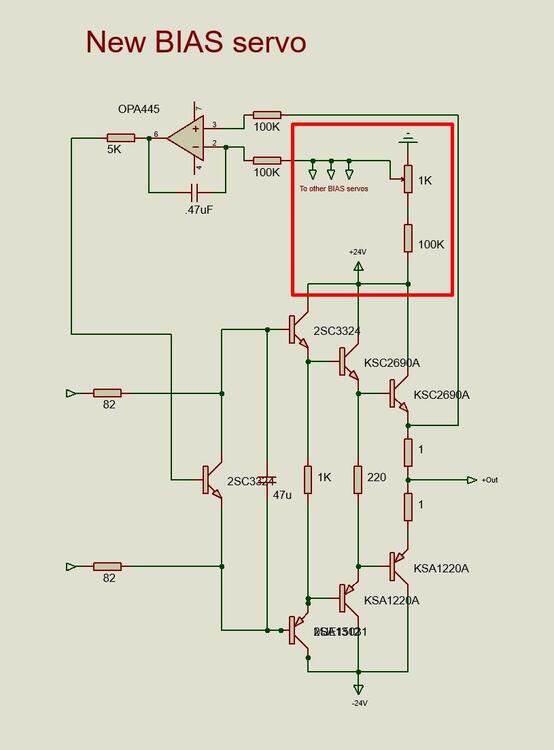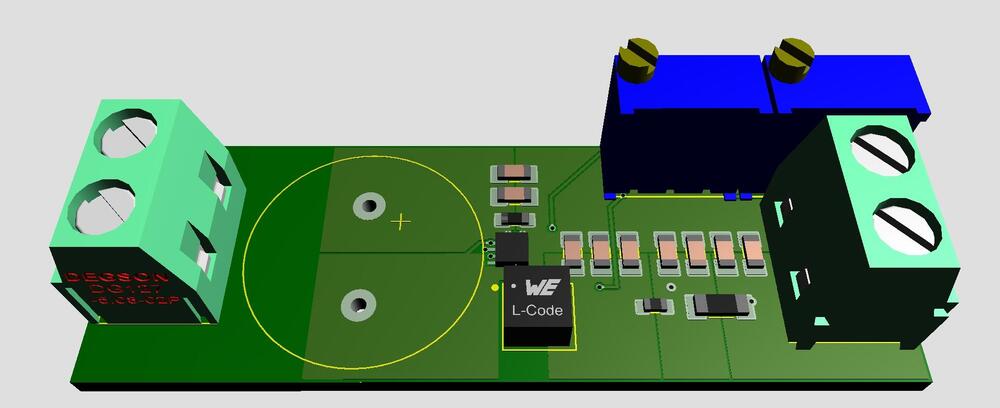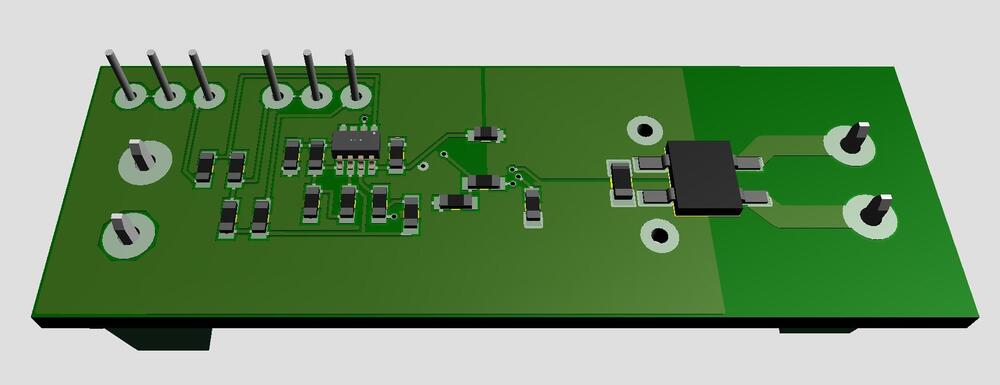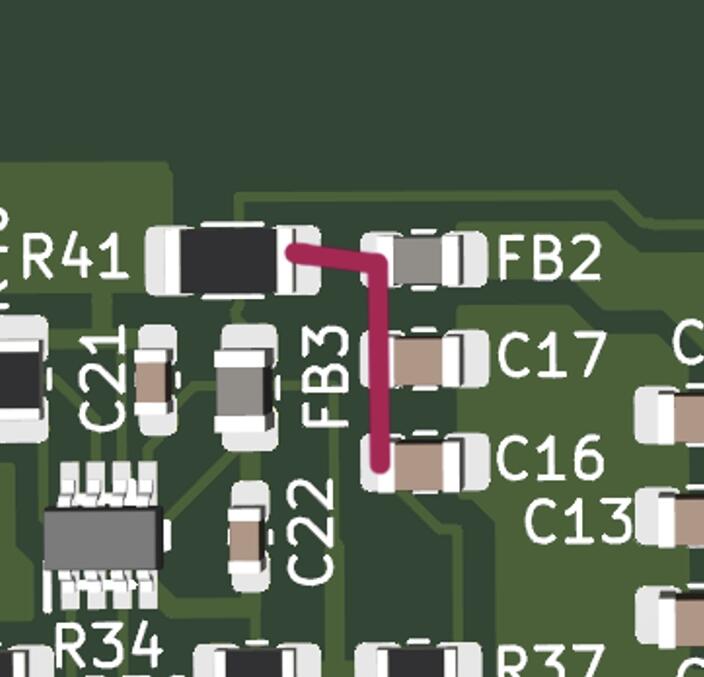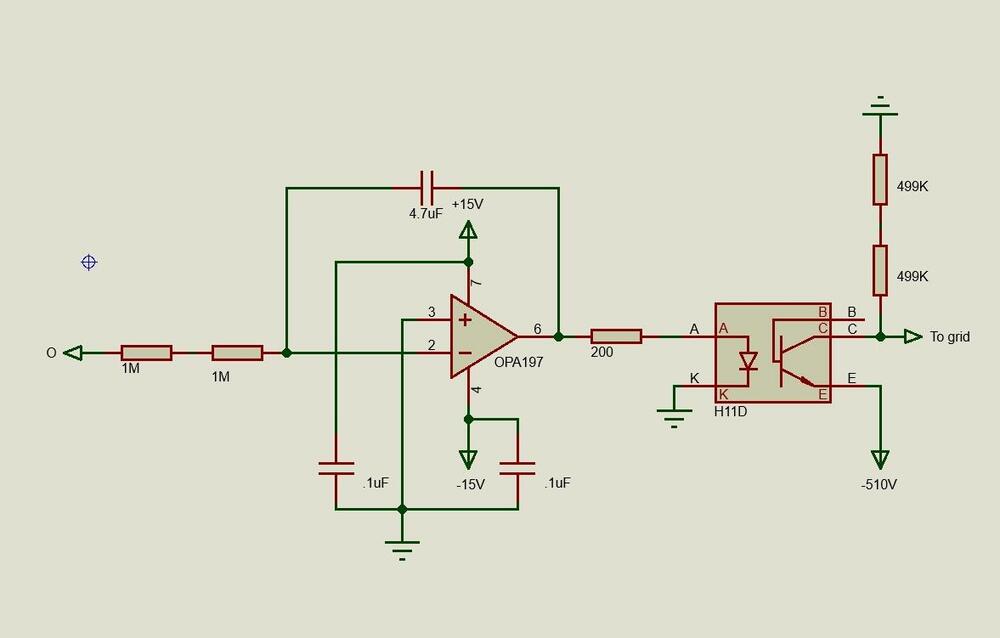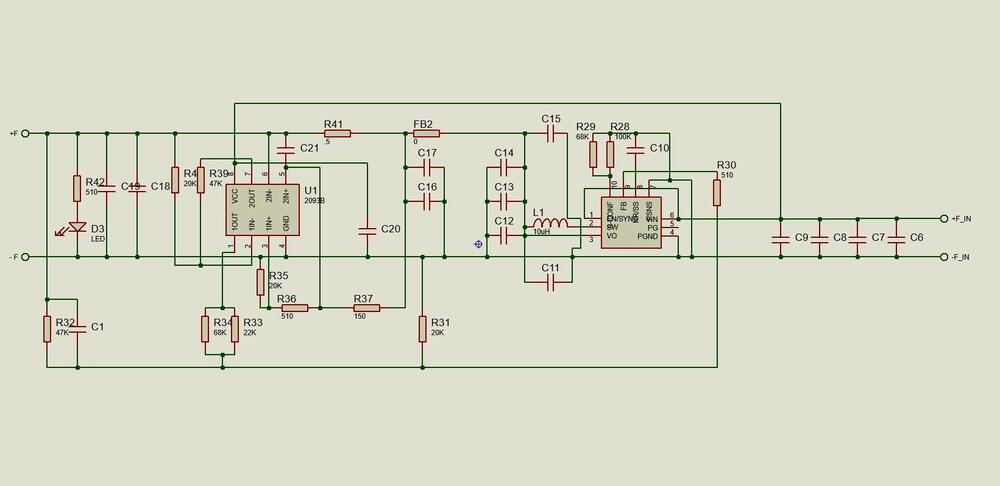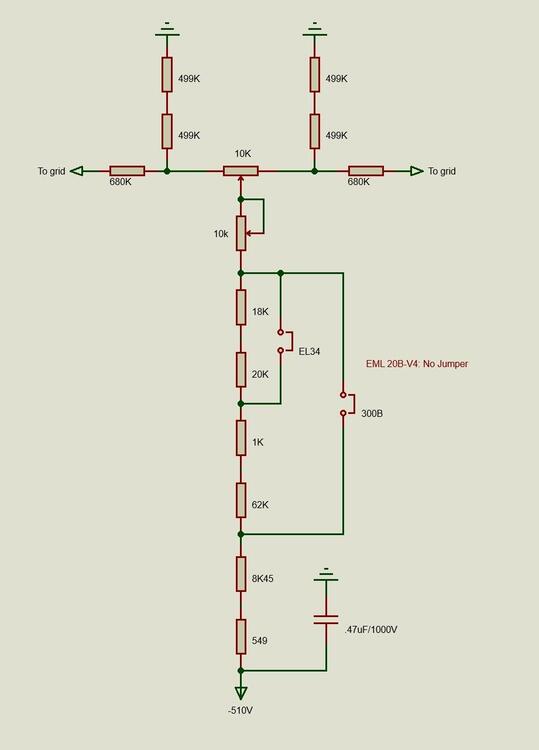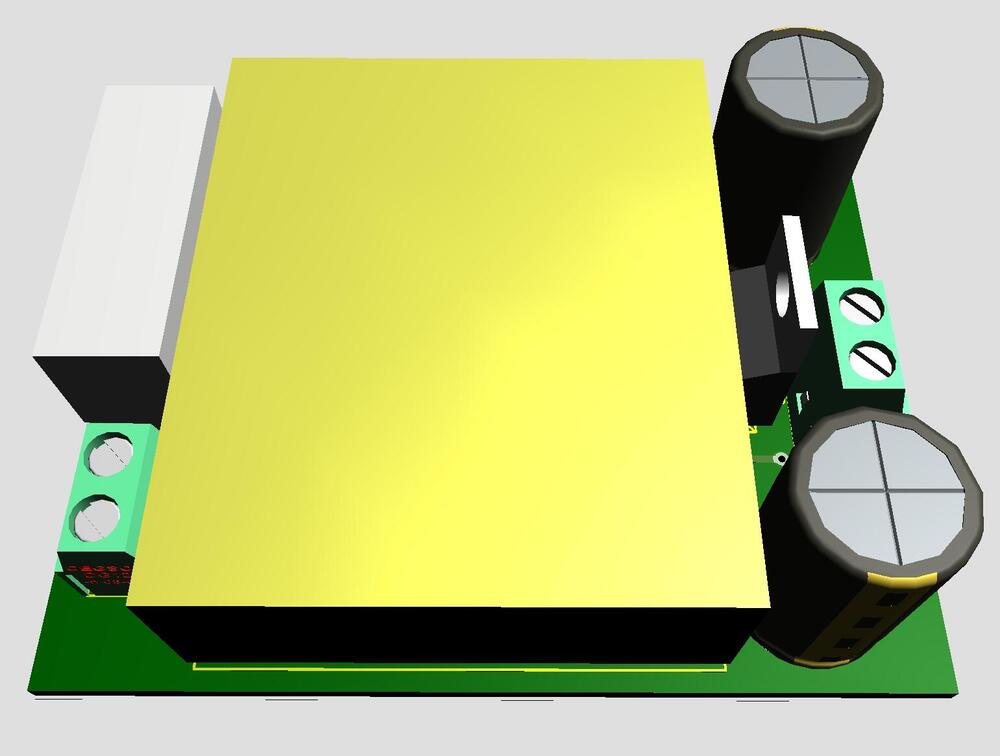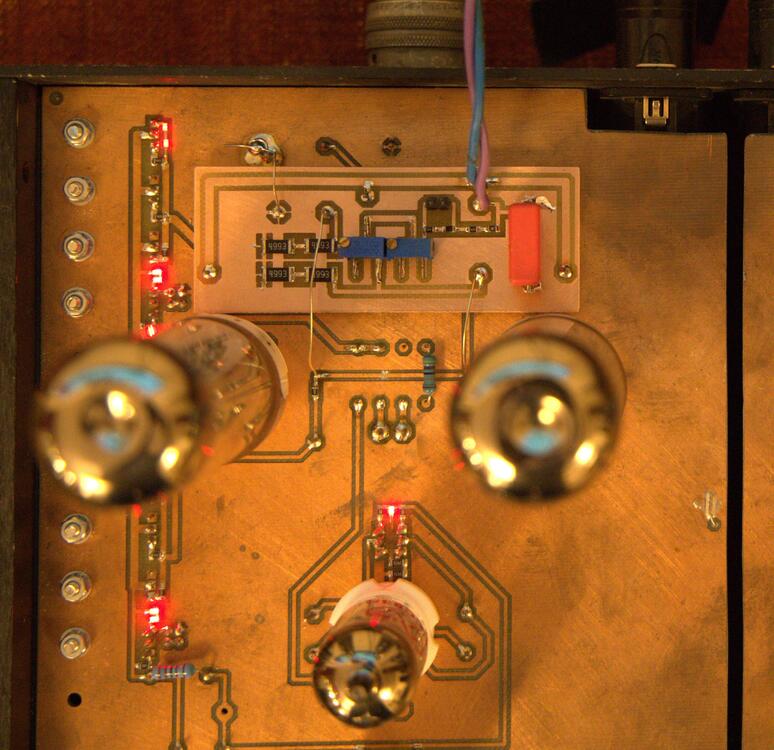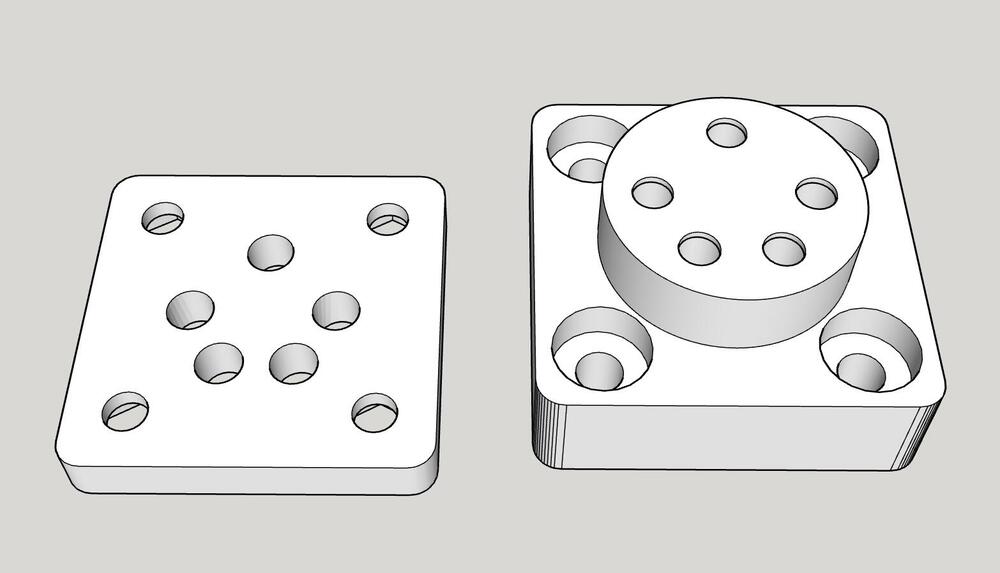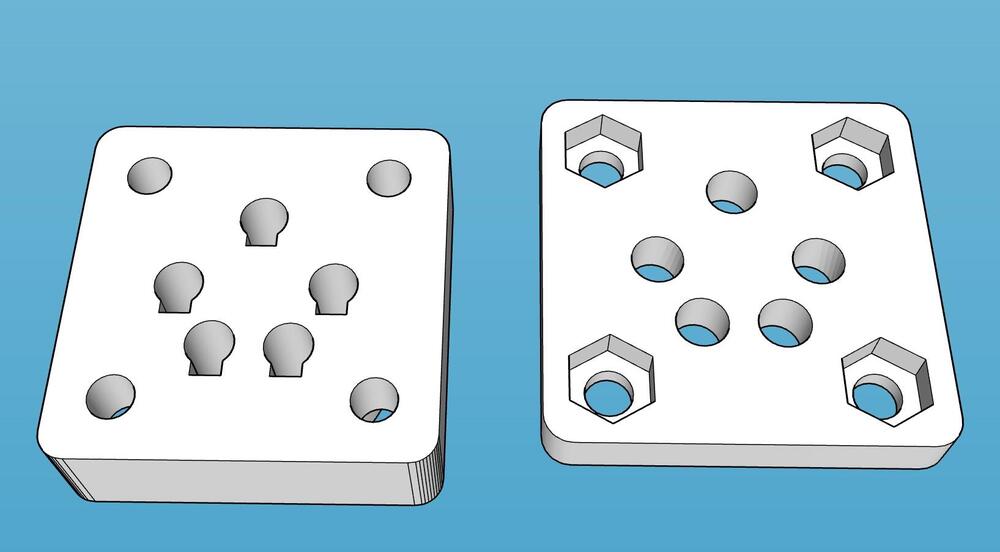-
Posts
1,530 -
Joined
-
Last visited
-
Days Won
16
JoaMat's Achievements

Extra Special Silver Diner (5/6)
2.2k
Reputation
-

and now for something completely different part 3
JoaMat replied to kevin gilmore's topic in Do It Yourself
Perhaps you are right, but that’s nothing I can verify. It’s correct that pos input is dancing. Now I think that the neg input is a perfect dancing partner which results in a working servo. With the servo the amplifier behaves similar to the ones without servo except that the bias doesn’t drift. And cross talk? Not a problem - I’m married and used to cross talk. -

and now for something completely different part 3
JoaMat replied to kevin gilmore's topic in Do It Yourself
I’ve a smd version of CFA3. Only output transistors on heat sink. Bias is servo controlled. Works all right. Output stage with servo looks like this… -

Megatron Electrostatic Headphone Amplifier
JoaMat replied to kevin gilmore's topic in Do It Yourself
Only in fantasy world... Filament supply for DHT. 9VAC in and 2.5/5.0VDC out. Size 2.07in x 0.7in. All you need is to connect a transformer and a tube to heat. -

Megatron Electrostatic Headphone Amplifier
JoaMat replied to kevin gilmore's topic in Do It Yourself
A small 120 V supply for above grid voltage control. 6.3VAC Hammond 229A transformer and LT8365 DC/DC converter. Out 120V . Size 2.3in x 2.3in. -
Seems simmconn reads shematics. Regarding Q12, schematics and gerbers don't match, I think.
-

Megatron Electrostatic Headphone Amplifier
JoaMat replied to kevin gilmore's topic in Do It Yourself
-

Megatron Electrostatic Headphone Amplifier
JoaMat replied to kevin gilmore's topic in Do It Yourself
Did this today. A two-trimmer control board. Here along with three one-trimmers. One trimmer affects both 2A3 and 300B filament voltages and the second just the 300B voltage. -

Megatron Electrostatic Headphone Amplifier
JoaMat replied to kevin gilmore's topic in Do It Yourself
The one-trimmer control board above adjusted voltage for both 2A3 and 300B at the same time. No way to adjust voltage for one without effecting the other. I assumed that it should be possible to set voltages for one tube and have the other unaffected. But as my brain isn’t as fast as the two comparators in LM2903 I made a test board with seven trimmers. After some trimming back and forth I found one trimmer that adjusted voltage for both tubes and an another that just affected 300B, So, next is a two-trimmer control board, same size as the one-trimmer. If you don’t understand how a circuit works, the trial-and-error method might help you. -

Megatron Electrostatic Headphone Amplifier
JoaMat replied to kevin gilmore's topic in Do It Yourself
Three kinds of switching mode filament supplies made in my kitchen. Right: Traco brick, only 5V with some fine adjustment, designed by Kevin Gilmore and slightly modified by me. Left: DC-DC Step Down Converter XL4015, adjustable voltage and current limiter, have used it for 2.5V to 6.3V. Middle: TPS62913 Low Ripple Buck Converter (green board) My own design but done with help of TI datasheet (all info needed is there). Copper color board is an Elekit regulator with 2A3 and 300B auto detection. I’ve added a trimmer for fine adjustment of voltage. All three seem to work all right with my electrostatic amplifiers. I also have Pete Millett, Tentlabs and Coleman filament regulators. They are all bulky with heat sinks and produces a lot of heat. Yes, I do agree. Yes, at some point it (probably) will be a different matter. -

Megatron Electrostatic Headphone Amplifier
JoaMat replied to kevin gilmore's topic in Do It Yourself
Made a control board for filament smps today. Some pictures from my kitchen. Idle voltage – no tube 2A3 300B and EML 20B-V4 -

Megatron Electrostatic Headphone Amplifier
JoaMat replied to kevin gilmore's topic in Do It Yourself
-

Megatron Electrostatic Headphone Amplifier
JoaMat replied to kevin gilmore's topic in Do It Yourself
Thanks a lot. I've been thinking of a 300K resistor cross the h11d to limit the upper grid voltage. -

Megatron Electrostatic Headphone Amplifier
JoaMat replied to kevin gilmore's topic in Do It Yourself
Schematics auto switching. Not sure it's accurate, but that's what I've done. New Grid Voltage Control boards. One trimmer for offset and the other for balance so, both sides are controlled simultaneously. Two jumpers. For 300B/2A3, EL34 and EML 20B-V4. Works al right, quite easy to use. The -510V is achieved with help from GRHV 110V supply. Here is one with Hammond 2VA trafo on board - 2.75in x 2in. New idea - servo controlled grid voltage. Okey, I've tried servo controlled Megatron (with solid state CCS) before and that failed... -

Megatron Electrostatic Headphone Amplifier
JoaMat replied to kevin gilmore's topic in Do It Yourself
A new daughter board to my Megatron something. It sets the grid potential of the output tubes. A few resistors, one trimmer set offset and the other the balance plus a small 120V GRHV supply completes the whole thing. So, I removed cathode resistor along with its decoupling capacitor. EL34 has Vgk 40 V and 2A3 has Vgk 92 V. The amplifier has solid state CCS (no top tubes). Works? so far so good. -
From a post somewhere else. I also tested HA-3FXX pins, but I like above pins better. Disadvantage is I had to destroy good Neutrik connectors to get the pins out. Made in Sketchup.



